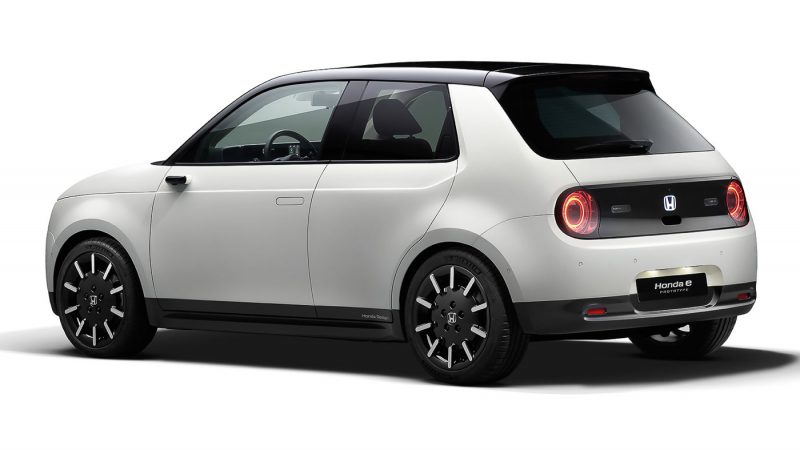The humble side mirror has not seen much new technology over the years, even up to the latest Mercedes-Benz EQS or the Nio ET7. They are still large physical plastic pieces housing large simple mirrors plus the accompanying side parking cameras and turn signals.
In 2018, two carmakers offered new side mirror technology through the virtual mirror system. Both Audi and Lexus offered the technology in the e-tron and ES sedan respectively, but the feature has stagnated at just those two models.

The fully electric Honda e 
The side mirror on the Honda e 
Displays are projected on a screen at the side of the dashboard.
Released in late 2019, the Honda e is the latest vehicle to feature virtual side mirrors.
BMW has returned to fine-tune this technology, with sightings of the company filing a patent with the European Patent Office on such a system.
Back in 2016, BMW showcased the ‘i8 Mirrorless’ technology which removed the large conventional side mirrors and instead provided live feed into the digital rear-view mirror.
According to the discovery picked up by fan site i4talk.com and further elaborated by theDrive, the new design of the virtual side mirror ditches the display projected in the digital rear-view mirror or even smaller screens at the base of the dashboard, now advancing to technology similar to current head-up displays.
In the patent filing, BMW is said to be using a semi-transparent side window to help with the projection of the live feed. The pair of virtual images are strategically placed outside of the vehicle, between 0.5 m to 2.0 m from the driver’s eye, just like head-up display systems.
The projection, which is said to originate from inside the dashboard, is designed to be visible at the location of the conventional side mirrors for familiarity and minimal relearning.
Current virtual mirror system by Lexus, Audi and Sony:
So, what happens if the driver or passenger winds the window down? The information in the patent states that ‘at least that part of the side window is fixed, connected to a vehicle door’.
Apart from better aerodynamics and reduction of wind noise, virtual side mirrors also allow engineers to feed more information, such as blind-spot monitoring as well as increase the field of vision. At parking speeds, the image can also automatically display a ‘kerb view’ to better provide information around the tyres.
Being a video feed, the processor can also adjust the brightness and contrast according to lighting conditions as well as not severely affected by rain droplets.

The recently launched fully-electric BMW i4 and iX models are still mounted with conventional side mirrors, even though they have the new Curved Display and BMW Operating System 8. Perhaps this technology will appear in the new-generation BMW 7 Series, or i7?
Meanwhile, Audi seems to be introducing their virtual mirror system in the next-generation Audi A6, as the A6 e-tron concept vehicle is fitted with a pair of these slim attachments and the styling of the dashboard integrates with two corner displays.





















